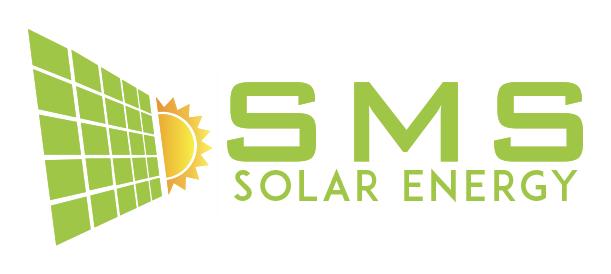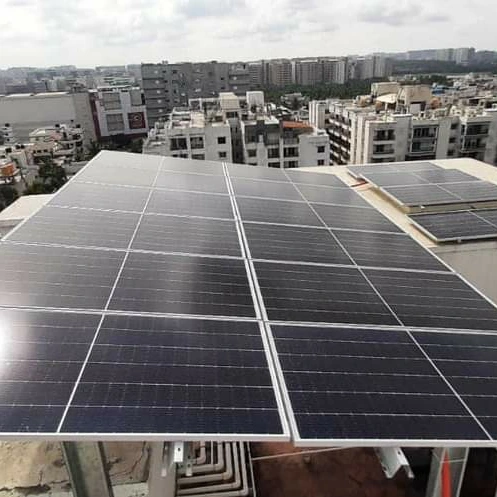here are some points of precaution to consider when purchasing a solar power plant from a solar company:
- Research the solar company thoroughly to ensure they have a good reputation, are experienced, and have a proven track record of success.
- Understand the warranty provided by the solar company, including the length of the warranty and what it covers.
- Make sure that the solar panels and other components of the solar power plant are of high quality and meet industry standards.
- Consider the size of the solar power plant and ensure it is appropriate for your needs.
- Evaluate the cost of the solar power plant and compare it to other options on the market.
- Understand the financing options available for the solar power plant and ensure they are transparent and fair.
- Determine the installation process and ensure that the solar company has a plan for safely and efficiently installing the solar power plant.
- Consider ongoing maintenance and support requirements, and ensure that the solar company provides adequate support and maintenance services.
- Understand the impact that the solar power plant will have on your property, and ensure that any necessary permits or permissions are obtained before installation.
- Evaluate the environmental impact of the solar power plant, and ensure that it meets your personal sustainability goals.

